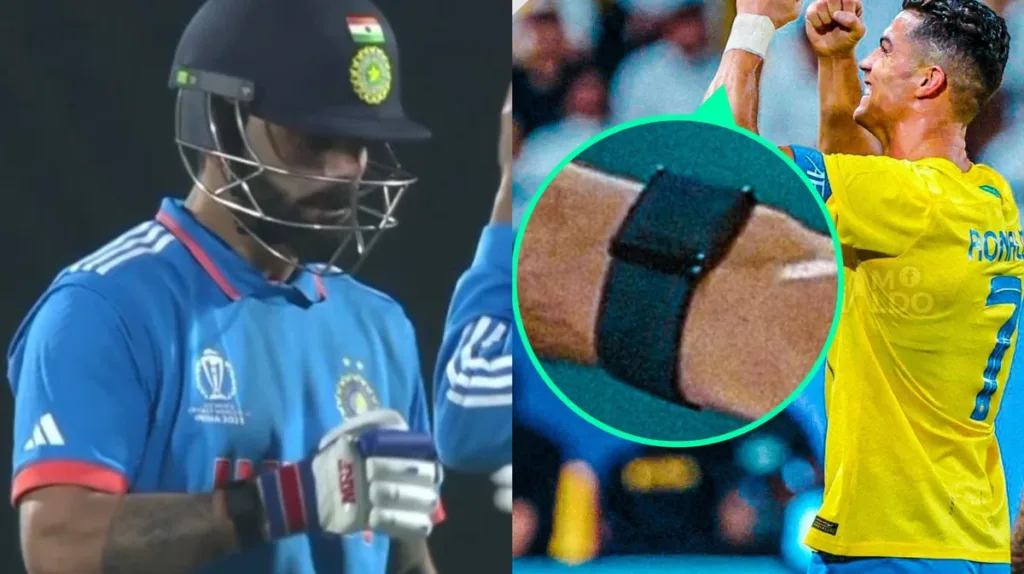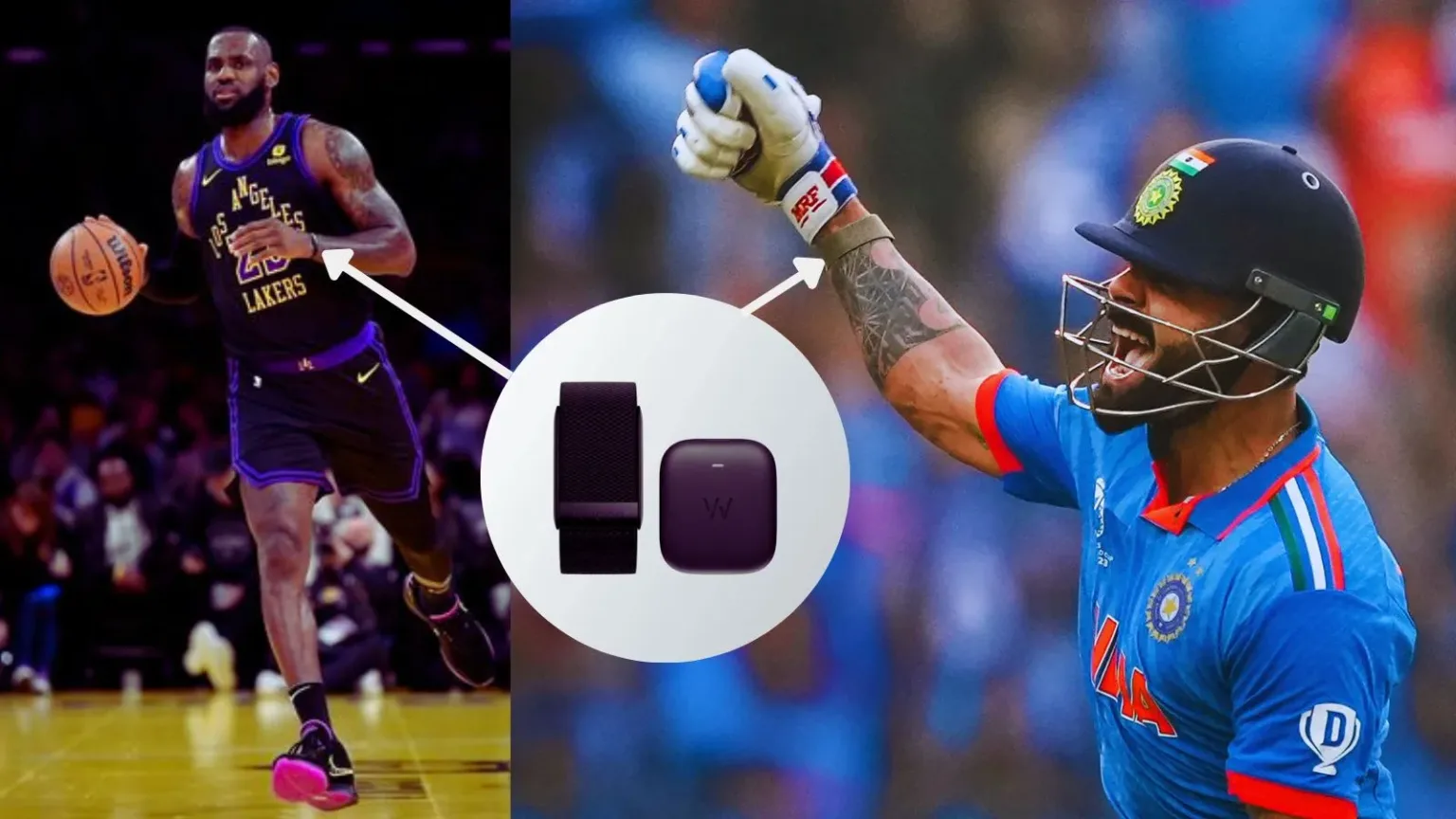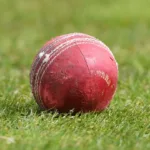Discover how wearable generation is reworking sports with the aid of tracking player performance, fitness metrics, and harm prevention, empowering athletes and coaches to optimize training and average overall performance.
In cutting-edge years, the mixing of wearable era has revolutionized the arena of sports activities activities, supplying athletes with actual-time facts to optimize performance, decorate health management, and prevent injuries. From fitness trackers to superior biometric sensors, wearable devices are actually essential equipment for athletes and coaches, empowering them with top notch insights into an athlete’s physiological responses and normal overall performance metrics. In this newsletter, we’re able to explore the numerous applications of wearable tech in sports, highlighting its impact on performance monitoring, fitness monitoring, damage prevention, and training strategies.
The Role of Wearables in Performance Tracking
One of the most large contributions of wearable technology in sports activities is its ability to track performance in real time. Smartwatches, health trackers, and specialised sports activities sensors have turn out to be vital tools in optimizing athletic usual performance. These devices provide athletes, coaches, and sports professionals with a wealth of records on various physiological parameters at some point of schooling and competition.
Some of the key average performance metrics monitored by wearables encompass coronary heart fee, distance blanketed, velocity, acceleration, and movement patterns. Heart price tracking is particularly useful for expertise cardiovascular exertion and tailoring schooling programs to an athlete’s health degree. Speed and distance records assist inspect an athlete’s agility, staying energy, and ordinary development.
A game-changer in performance monitoring is the combination of GPS era. Wearables with GPS abilities can provide particular area-based information that allows coaches and athletes to investigate motion styles, participant positioning, and spatial insights in the direction of opposition. This records may be used for tactical evaluation, strategic making plans, and optimizing team techniques. In team sports activities activities, for example, coaches can have a look at how gamers are located on the sector, discover pinnacle of the road movement styles, and even decide the terrific schooling techniques based mostly on spatial records.

Additionally, through understanding motion patterns, coaches can first-rate-track player positions for the duration of fits, regulate strategies on the fly, and enhance primary institution overall performance. GPS-enabled wearables additionally make a contribution to damage prevention by way of identifying areas where excessive physical pressure or ability collisions might also additionally occur, lowering the hazard of accidents.
Health Monitoring and Injury Prevention
Wearables are not restricted to overall performance monitoring on my own; further they play a crucial characteristic in athlete fitness tracking. With the aggregate of superior biometric sensors, wearables are capable of constantly monitoring important signs together with coronary heart price variability, sleep styles, and oxygen saturation stages. This real-time health statistics enables athletes and coaches manage fatigue, save you overexertion, and screen recuperation.
Health monitoring through wearables is particularly critical for harm prevention. By constantly monitoring physiological parameters, wearables can hit upon potential purple flags indicating overexertion, incorrect biomechanics, or fatigue. For instance, deviations in coronary heart fee, sleep disruptions, or inconsistent recovery fees can sign that an athlete is pushing their frame too tough or is prone to an damage.
Injury prevention is also a extensive place of interest in group sports, wherein wearables are used to display biomechanics and become aware of movement patterns that would bring about accidents. In expert soccer, as an instance, wearables can track player moves and discover signs and signs and symptoms of bodily pressure that could motive muscle strains or ligament injuries. Coaches and scientific personnel can then intrude early, adjusting training hundreds and restoration techniques to decrease the threat of harm.
Similarly, in track and location or staying power sports activities, wearables are used to research jogging mechanics and prevent overuse accidents. By tracking variables like stride duration, cadence, and ground touch time, coaches can pinpoint regions in which athletes are at higher hazard of harm, letting them modify training techniques consequently.
Biometric Data Analysis: Unlocking Insights into Performance
The analysis of biometric facts is each other critical software of wearables in sports activities sports. Advanced algorithms way actual-time data amassed from wearables to offer deeper insights into an athlete’s physiological responses. By studying records together with heart fee variability, oxygen ranges, and restoration prices, coaches can refine training packages and decorate person performance.
For instance, coronary heart rate variability (HRV) analysis gives a window into an athlete’s strain tiers, recuperation capability, and readiness for bodily exertion. Athletes with low HRV can be fatigued or confused and can need to reduce their education load or reputation on healing. Conversely, athletes with higher HRV can be prepared for added intense schooling, pushing their limitations to maximize common overall performance.
Oxygen saturation stages, a key degree of an athlete’s persistence abilties, are also monitored by way of wearables. An athlete’s oxygen degrees throughout bodily interest can assist verify their cardiovascular overall performance and commonplace overall performance. Data from wearables allows coaches to make real-time modifications, whether or not or no longer it’s decreasing a participant’s workload to keep away from harm or pushing them similarly to gain pinnacle overall performance.
Real-Time Feedback and Coaching
One of the maximum exciting elements of wearable technology is the capability to offer real-time feedback to athletes. During each training and opposition, wearables deliver on the spot insights into severa metrics which includes coronary coronary heart fee, biomechanics, pace, or even positioning. This real-time comments empowers athletes to make immediate adjustments to optimize their performance.
In sports activities inclusive of tennis, cycling, or weightlifting, wearables provide specific insights into an athlete’s method. For instance, a tennis participant can receive on the spot comments on their footwork and swing mechanics, permitting them to great-music their overall performance mid-in form. Similarly, in group sports activities activities, coaches can screen gamers’ positioning and motion patterns at some point of stay video games, providing strategic steering and making actual-time tactical adjustments.

For character athletes, wearables allow them to optimize techniques and refine abilities through information-pushed insights. For team sports, actual-time records lets in coaches to evaluate the collective common overall performance of the group and make on-the-spot adjustments to method.
Challenges and Future Developments
While wearable era has had a profound effect on sports activities, demanding situations remain. One of the primary concerns is facts privateness. As athletes generate big amounts of personal and standard overall performance information, it’s miles essential to ensure that this facts is blanketed. The sports activities activities generation enterprise must deal with the ones privateness worries, balancing the advantages of wearables with the need to shield athletes’ personal records.
Another problem is the dearth of standardization at some stage in wearable gadgets. Different producers and fashions use varying sensors, records codecs, and conversation protocols, making it tough to ensure seamless integration. Efforts are underway to set up enterprise-extensive requirements for wearables, making sure interoperability across one-of-a-kind devices and systems.
Looking to the destiny, artificial intelligence (AI) and machine learning (ML) are poised to decorate the capabilities of wearables. These technologies can examine substantial quantities of statistics extra efficiently, providing extra nuanced insights into athletes’ overall performance and fitness. AI and ML algorithms also can are expecting potential issues, collectively with fatigue or damage, and endorse customized schooling or healing strategies.
Virtual reality (VR) and augmented truth (AR) can also play a feature in future wearables. By incorporating immersive schooling reviews, athletes can simulate diverse scenarios to beautify talents and improve performance.
Conclusion: The Future of Wearable Technology in Sports
Wearable generation is reshaping the sports panorama, presenting athletes, coaches, and companies unheard of get right of entry to to overall overall performance records and health metrics. From tracking performance and optimizing education to stopping accidents and providing actual-time feedback, wearables have tested to be valuable tools in reaching athletic excellence. As technology continues to adapt, the combination of AI, VR, and more superior sensors will push the limits of sports activities activities analytics, growing an exciting destiny for both athletes and enthusiasts alike.






